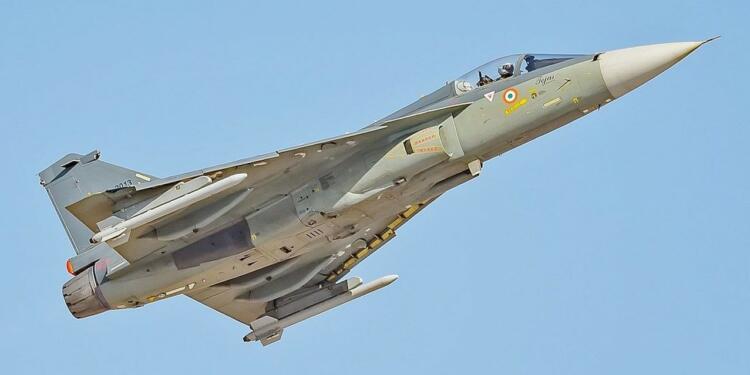No country can be called a superpower without it being a defence exporter. To be known as a superpower, the country must make a significant mark for itself in the international defence market and must export lethal weapons to countries that are net importers of defence equipment. India has been loosely calling itself a ‘superpower’ for quite some time now. However, its status as such has been reaffirmed only recently, with the inking of a Brahmos Missile deal with the Philippines. If seen from a strategic viewpoint, India is selling lethal weapons to China’s enemies in Southeast Asia on a priority basis.
India continues to rely on imports for procuring advanced weapon systems. Under the leadership of Prime Minister Narendra Modi, however, the country has witnessed an upsurge of activity within the domestic defence manufacturing industry. Under the ‘Make in India’ flagship programme, the Modi government has systemically strengthened India’s defence industry, and now, the results are visible. Whether it be Brahmos or the LCA Tejas fighter jet – India is about to export them to various countries and build on its ‘superpower’ status.
Malaysia All Set to Buy Tejas Fighter Aircraft
A detachment of Tejas Mark 1 fighters flew on Saturday from the Indian Air Force (IAF) base in Coimbatore to Changi International Airport in Singapore to participate in the Singapore Airshow – 2022 from February 15-18. In Singapore, the Indian Air Force will impress prospective buyers by showing just how manoeuvrable and sporty the LCA Tejas aircraft are.
In a statement, the Indian Air Force said, “The IAF will be pitching the indigenous Tejas Mark-1 aircraft alongside participants from across the world. The Tejas will be enthralling the audience with its display of low-level aerobatics, displaying its superior handling characteristics and manoeuvrability.”
India is actually trying to secure a deal for the sale of LCA Tejas to Malaysia. According to Business Standard, the IAF will be pushing hard to bag an order from the Royal Malaysian Air Force (RMAF), which is looking to buy a mix of 36 light fighter variants under its “Capability 55” plan. The deal will be worth around $900 million and is crucial for India to win so that the market base of Indian defence equipment grows internationally.
But LCA Tejas has competition. Among those competing with India to sell light combat aircraft to Malaysia are Turkey, China & Pakistan, Russia and South Korea. Malaysia is not going to buy the fighter jets offered by China and Pakistan, who have collectively offered the JF-17 Thunder aircraft to Kuala Lumpur. South Korea and Russia’s offerings – the FA-50 Golden Eagle and MiG-35 respectively are not affordable for the Royal Malaysian Air Force.
In the contest, therefore, are India’s LCA Tejas and Turkey’s Hurjet fighters. But Turkey has still not flown the Hurjet aircraft, which continues to be developed. India’s LCA Tejas, on the other hand, is ready to be dispatched to Malaysia; meets all of the Malaysian Air Force’s requirements and is well within Kuala Lumpur’s budget. So, Malaysia choosing the LCA Tejas is a given.
India Becomes a Defence Exporter
Here on, India will only begin exporting defence equipment to more and more countries around the world, especially in Southeast Asia.
The Modi government is slowly changing the structure of the Indian defence industry. From giving space to more large private companies such as Tata and Adani to pushing for reforms in the Ordnance Factory Board – which has been split into various PSUs and will compete with private players to get contracts rather than having a monopoly on certain items – PM Modi has done it all.
Read more: Defence startups could be the new buzzword, the budget clearly points at that
Now, the focus is on indigenous defence startups. This is because the defence ministry has big plans to purchase equipment from such startups. Finance Minister Nirmala Sitharaman, in this fiscal year’s budget, announced that 68% of the capital expenditure for defence startups will go to Indian companies.
So far, almost all of the defence Research and Development (R&D) funds went to PSUs and other departments under the defence ministry. However, the finance ministry announced that beginning this year, 25 per cent of defence R&D will go to industry, startups and academia, thus widening the pool of money available for private players.
In the years to come, such decisions will significantly strengthen the country’s defence manufacturing sector, which will attract buyers from around the world. The steps being taken today will, in the near future, cement India’s status as a global superpower.































